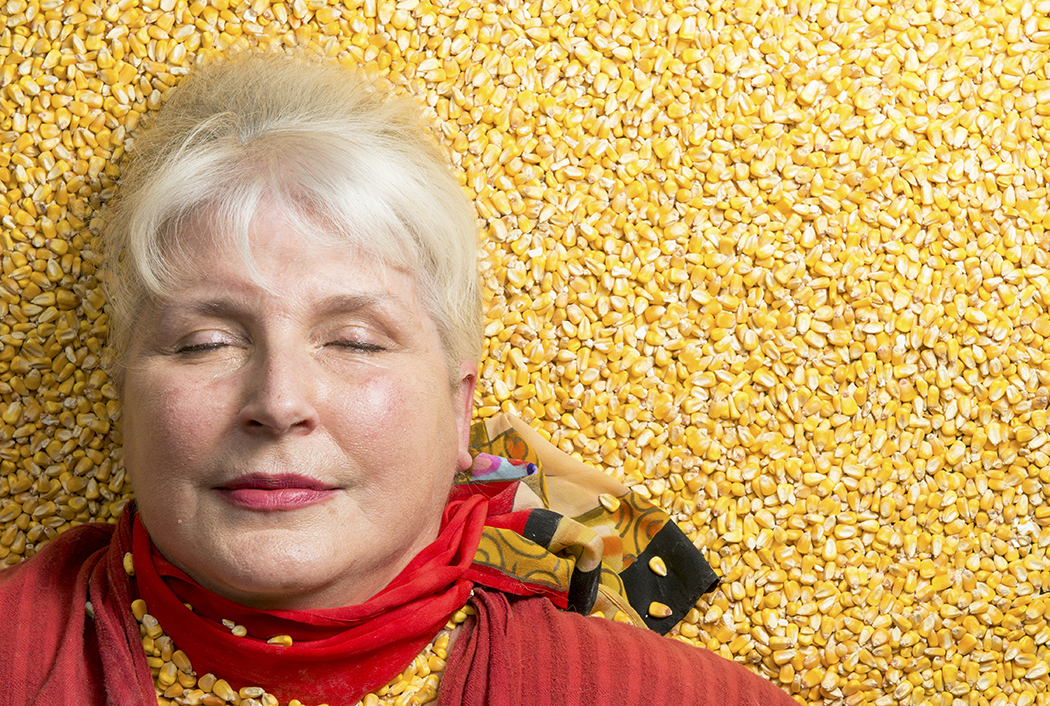Children of the corn
Return to Summer jobs home page
Karen Blessen grew up in Columbus, Neb., in the 1960s, an agricultural town of about 12,000 people at the time and not much nearby.
So when the future Pulitzer Prize-winning artist and founder of arts nonprofit 29 Pieces was a teenager and wanted to earn a little extra cash, there was only one option: corn.
“One of my first summer jobs was as a corn detassler,” Blessen says. “That was definitely the thing back in my little town. There were very few ways for kids to make money other than babysitting. Detassling corn was the way that young teenage kids made money.”
Once the corn was tall enough to be picked, Blessen and the other teenage employees would load into the back of a flatbed truck at the crack of dawn on what would eventually become a scorching summer day.
She quickly found herself in the middle of one of Columbus’ many acres of corn, collecting as much as she could carry. Being underaged and inexperienced didn’t help her cause.
“We had to walk through fields of corn. You had to walk through row after row, and the corn is a lot taller than most of the kids were.”
While the job was long and tedious, she quickly found that detassling had a lot more to do with the birds and the bees than she expected.
“It’s about corn sex,” she explains. “You don’t want corn breeding with different varieties of corn that could ruin the hybridization. You don’t want the corn having sex with each other.”
Blessen says she barely lasted a month on the job. The day-in, day-out operation wore her down and she eventually quit.
The job went on, rain or shine, Blessen says, and the fields always were filled with bugs.
“It was a really dirty, mucky, sweaty first job,” she says. “All of us teenage girls would come home drenched in sweat and muck, covered with bugs. I remember my parents asking me to wait in the backyard before entering the house so that they could hose me off and scrub me down in the backyard.”
She made $50 for her efforts, which seems like pittance now, but was, at the time, a thrilling amount for the small-town teen.
“I went to Omaha with a good friend and we giggled a lot and went shopping for two or three new outfits for school, which was pretty much a new wardrobe in 1969.”
Once her money was spent, Blessen needed a new way to make some cash. She moved on to waitressing at a teenage hangout where servers delivered food on roller skates to borrowed cars full of hungry adolescents on awkward first dates.
Again, Blessen found she was not cut out for the job.
She says she was so uncoordinated, she didn’t last long there either — “a week, tops,” she guesses.
“I was just terrible at it. Young, clumsy and awkward.”
She was so bad at both jobs, Blessen used the experiences to push for a college education.
“Summer jobs got a whole lot better after I went to college. Actually, that summer job in the corn fields was the best possible motivation for higher education.”






